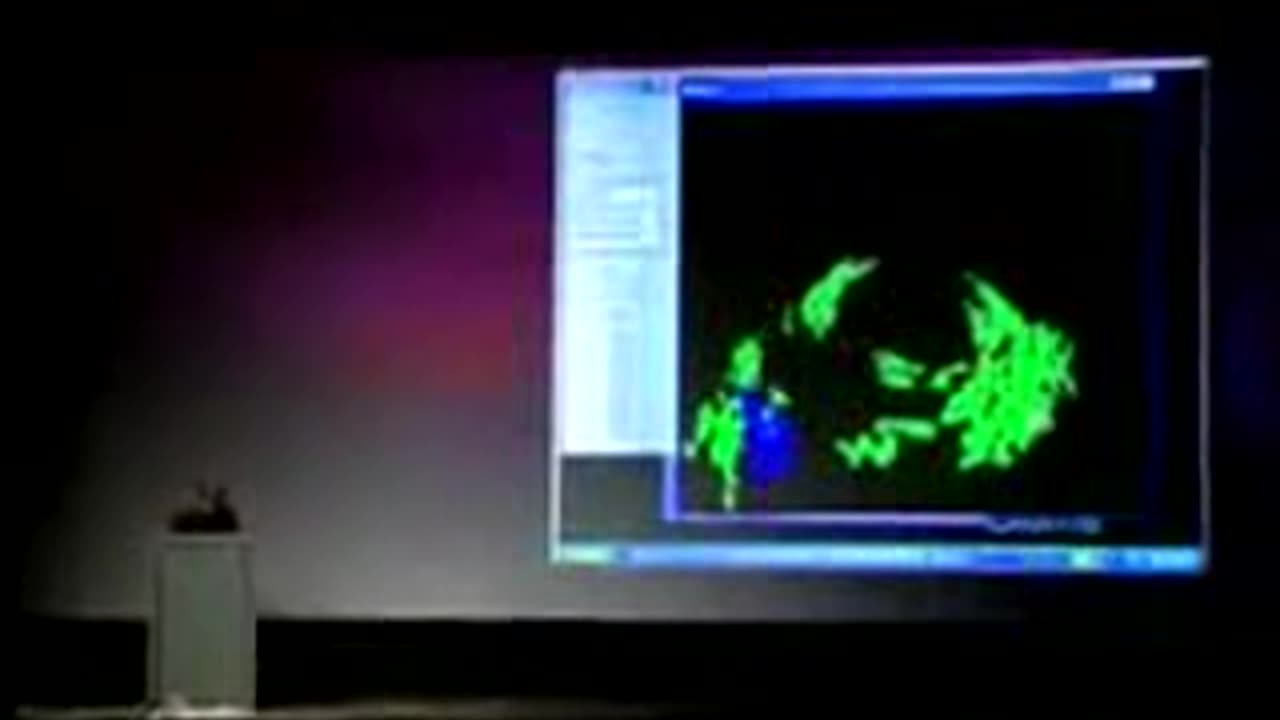Premium Only Content

Will Wright - Research and Astrobiology - 2006
Astrobiology is the study of life in the universe, in particular its “origin, evolution, distribution, and future in the universe.” [emphasis mine] Searches for biosignatures are searches for the results of interactions between life and its environment, and could be sensitive to even primitive life on other worlds. As such, these searches focus on the origin and evolution of life, using past life on Earth as a guide. But some of the most obvious ways in which Earth is inhabited today are its technosignatures such as radio transmissions, alterations of its atmosphere by industrial pollutants, and probes throughout the Solar System. It seems clear that the future of life on Earth includes the development of ever more obvious technosignatures. Indeed, the NASA Astrobiology Strategy 2015 document acknowledges “the possibility” that such technosignatures exist, but erroneously declares them to be “not part of contemporary SETI,” and mentions them only to declare that we should “be aware of the possibility” and to “be sure to include [technosignatures] as a possible kind of interpretation we should consider as we begin to get data on the exoplanets.” In other words, while speculation on the nature of biosignatures and the design of multi-billion dollar missions to find those signatures is consistent with NASA’s vision for astrobiology, speculation on the nature of technosignatures and the design of observations to find them is not. The language of the strategy document implies NASA will, at best, tolerate its astrobiologists considering the possibility that anomalies discovered in the hunt for biosignatures might be of technological origin. But there is no a priori reason to believe that biosignatures should be easier to detect than technosignatures—indeed, we have had the technology to detect strong extraterrestrial radio signals since the first radio SETI searchers were conducted in 1959, and today the scope of possibly detectable technosignatures is much larger than this. Furthermore, intelligent spacefaring life might spread throughout the Galaxy, and so be far more ubiquitous than new sites of abiogenesis. Life might be much easier to find than the NASA strategy assumes.
-
 1:05:42
1:05:42
I_Came_With_Fire_Podcast
11 hours agoFaith & America's Founders
61K6 -
 9:21:33
9:21:33
Dr Disrespect
18 hours ago🔴LIVE - DR DISRESPECT - THE BEST IS BACK!
220K26 -
 1:32:53
1:32:53
Badlands Media
1 day agoAltered State S3 Ep. 34: Sub Wars, Sun Cycles, and the Shifting Matrix
101K7 -
 43:41
43:41
CarlCrusher
8 hours agoSHOCKING Discovery on the Path of the Skinwalker | Thunder Strike Ranch | Episode 2
47.6K5 -
 30:58
30:58
Solar Groove Muzic
1 day ago $1.32 earnedSUMMER AFRO HOUSE BEATS of 2025
33.9K3 -
 8:38
8:38
WhaddoYouMeme
13 hours ago $2.96 earnedChristians in Iran Are Being Hunted—Here’s Why
36.2K41 -
 3:49:16
3:49:16
VapinGamers
11 hours ago $2.18 earnedCOD Black Ops 6 with Abnerdagreat, Gunnin and Runnin! - !rumbot
27K1 -
 1:53:32
1:53:32
Glenn Greenwald
12 hours agoWhy Did Zohran Win in NYC? Plus: Gazan Pulitzer Prize Winner Mosab Abu Toha on the Latest Atrocities | SYSTEM UPDATE SHOW #476
208K119 -
 1:41:14
1:41:14
RiftTV/Slightly Offensive
15 hours agoCrowder Takes SHOT at Candace, “Panicans” OBLITERATED? | The Rift | Guests: Hodge Twins
59.1K45 -
 8:01:46
8:01:46
Spartan
11 hours agoPro Halo Player | Sens Crisis Grind | Ranked Arena, Probably SWTOR at some point
26K1